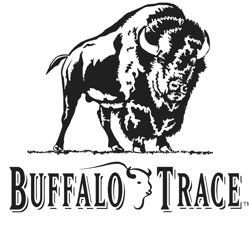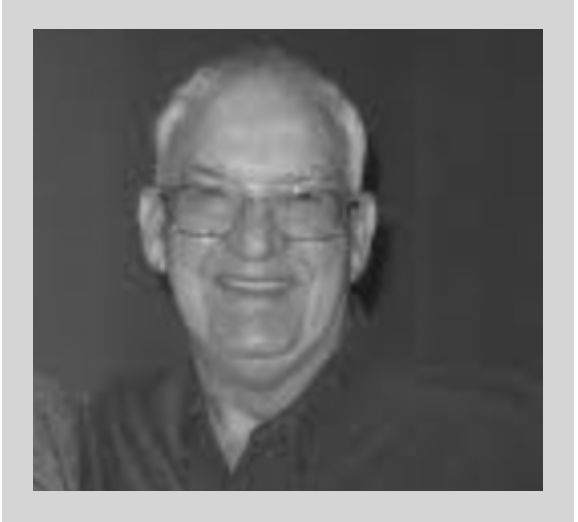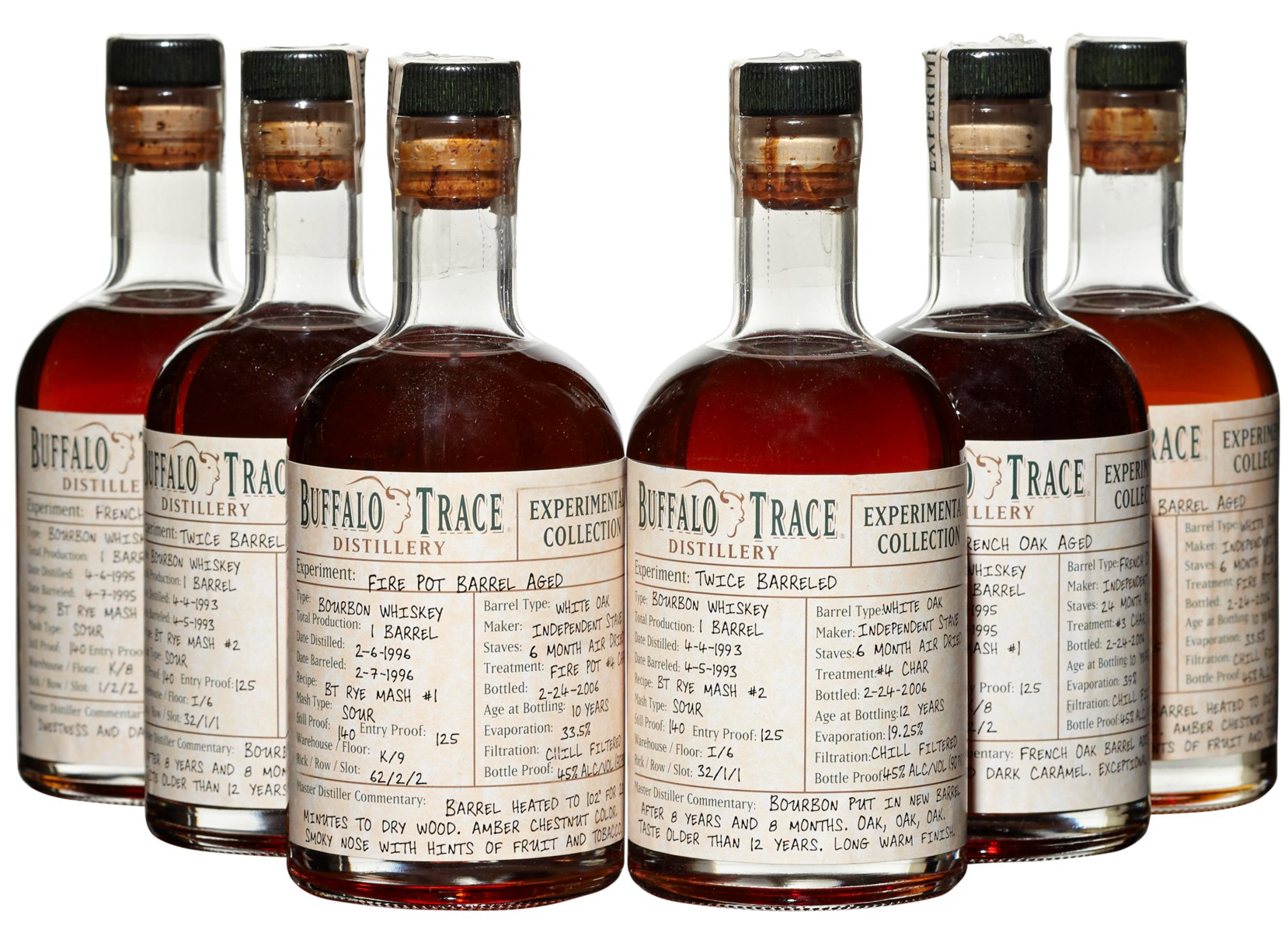Ronnie Eddins
Ronnie Eddins was born on a rural Kentucky farm in 1943. In 1961, Eddins and a friend drove to Frankfort, Kentucky, from his country home and applied for a job at the George T. Stagg Distillery. He lied on the job application because, by law, a distillery worker had to be 21 to be employed. Nevertheless, he was hired and began working second shift seasonally on the bottling line in November. At that time, his job was based on the expectation of a greatly increased desire for bourbon for the holiday season of 1961.
In his first six years at the distillery, Eddins worked seasonally for 75 cents an hour. During the warm months, he farmed at home and labored at the distillery in the cold months. In his first year, Ronnie worked at the distillery for three months, in year two he worked for five months, and in years three through five he worked six months. In Eddins’ day, the bottling line employed about 80 people, whereas today, automation has cut that number to around 15. In 1965, Eddins was promoted to Team Lead in the Shipping Department, whose job it was to supervise the unloading of raw materials and to load up railroad box cars with cases of finished product on the spur that came into the plant.
In 1967, Ronnie was promoted again and moved to the warehousing department, where he made his mark. Later, he was put in charge of managing more than 300,000 barrels of aging whiskey. Ronnie’s other responsibilities in the warehouse over time included inspecting incoming barrels, barrel branding, barrel filling, barrel storage, and leakage hunting.
In 1984, he was promoted over all warehouse operations as the Warehouse Manager and other responsibilities were added, such as mapping of filled barrels into their ideal aging spot in the warehouses, barrel storage, tank management, warehouse temperature control, selection of barrels for withdrawal and even the selection of barrels for the personalized barrel select program.
According to the Buffalo Trace web site, “Ronnie was an expert on barrel management and was in many ways like a Grandmaster of Chess - mastering the delicate act of which 500 pound barrels need to be removed to make room for new barrels to age, which barrels needed to be placed where in the Distillery’s fleet of 23 warehouses, and even when the windows on each floor of those warehouses needed to be opened or closed for best aging climates.”
The website author continues: “Under Ronnie’s tutorship, hundreds of awards were bestowed upon Buffalo Trace Distillery’s bourbons, the marriage of ‘old’ and ‘new’ warehouse traditions was passed along to new generations, and innovations in new product ideas continued to expand. Ronnie was one of the driving forces in the Buffalo Trace Bourbon Experimental Whiskey Program and headed up numerous experiments for more than 20 years.
One of the experiments to which the author refers includes utilizing different char and wood patterns for aging whiskey. To manage this, Ronnie once visited the Ozarks to hand-select trees for barrels based on their growing location. This was known as Buffalo Trace's Single Oak Project, and it began about 25 years ago when Eddins led an expedition deep into the Ozark woods to single out potential barrel-making trees for a perfect wood grain pattern. Master Distiller Harlen Wheatley had challenged Eddins, "What if we could really quantify what is going on during maturation inside the barrels by finding the perfect trees?" Eddins’ team chose 96 white oaks and ultimately made 192 barrels from the trees, some from the top half of the trees, others from the bottom. Yet other barrels were made using different sizes of the wood grain, as well as barrels with varying grades of char. Experiments were carried out by using different mash bills on these speculative barrels, including more or less wheat or rye, many with different entry proofs, as well as experimenting with storing in different warehouse types. The Single Oak project concluded in 2015. After 5,086 user reviews on the project’s website, the best-scoring whiskeys were narrowed to five bourbons. As aging was complete, those were then sold to consumers across the country, but were immediately labeled unicorns, being all but impossible to find and each one worth hundreds of dollars on the secondary market. The project’s final release of the juice made from the overall winning barrel, #80, is expected in 2025. In recognition of his research and devotion to the Single Oak Project Bourbon, Buffalo Trace honors Ronnie with the initials “R. E.” on the back of each Single Oak Project bottle.
Ronnie was also behind much of Buffalo Trace’s Experimental Collection. Having been at the warehouse for over 30 years, Ronnie learned to follow individual barrels and track locations in each warehouse, keeping note of what small changes had an effect on flavor and what didn't work. By doing this, Ronnie discovered obscure information such as that the fog off the nearby Kentucky River had a pronounced effect on the barrels in some of the warehouses when the windows were open.
In 2008, Ronnie Eddins received Malt Advocate Magazine’s Lifetime Achievement Award. In 2009, Buffalo Trace Distillery dedicated Warehouse “I,” Ronnie’s favorite warehouse, to him in appreciation of fifty years of service to the Distillery.
Ronnie Eddins passed away in 2010, but was inducted posthumously into the Kentucky Bourbon Hall of Fame shortly after his death. At that point, he became only the seventh of eight Buffalo Trace employees to be inducted into the Bourbon Hall of Fame behind Elmer T. Lee, George T. Stagg, Colonel Albert Blanton, Julian “Pappy” Van Winkle, Orville Schupp, and Gary Gayheart.
Contributed by Colonel Craig Duncan, Columbia, Tennessee
Ronnie Eddins led the way in all of these VERY limited editions of Kentucky straight bourbon of Buffalo Trace Single Oak Project Collection (above) and Buffalo Trace Experimental Collection (below)






